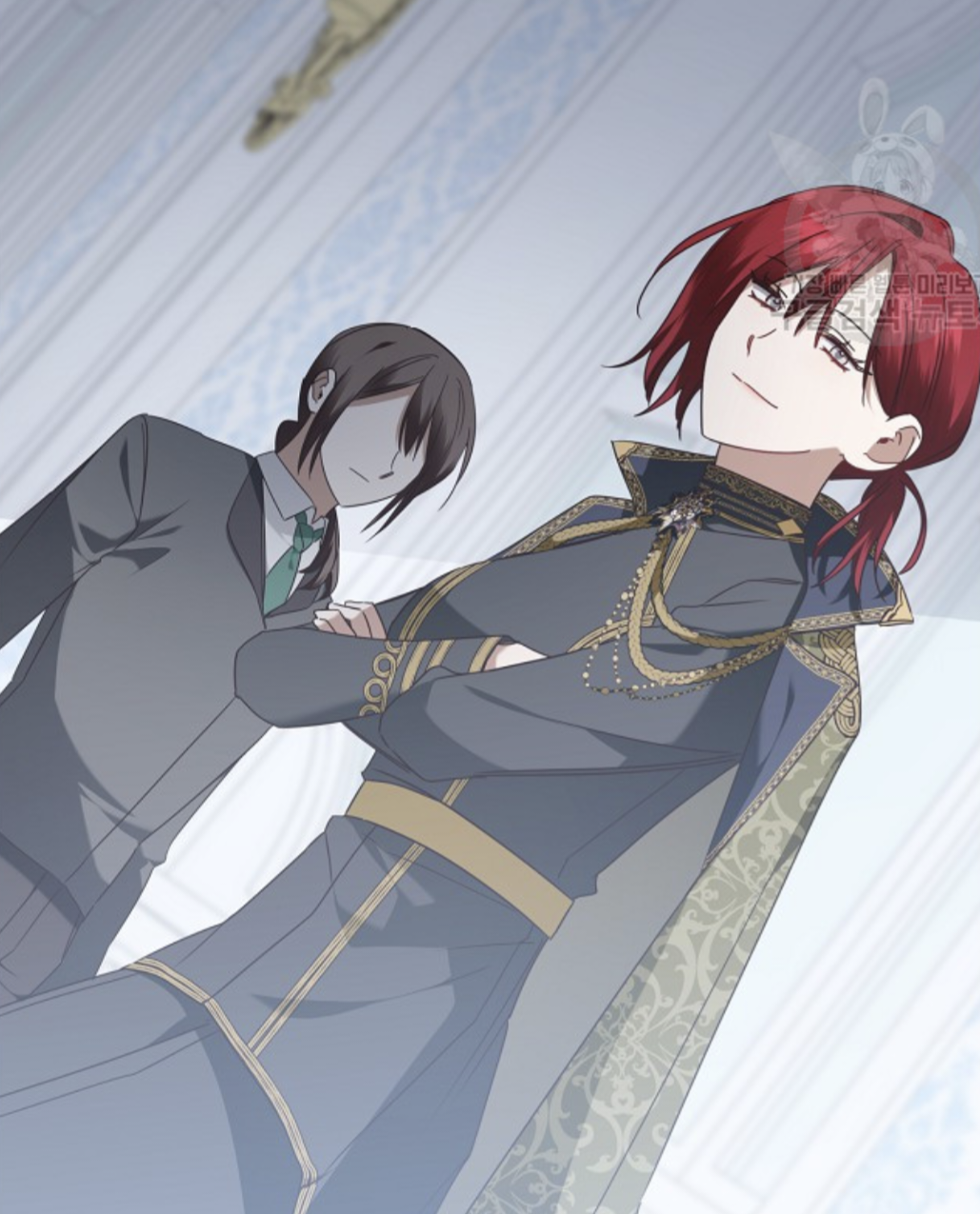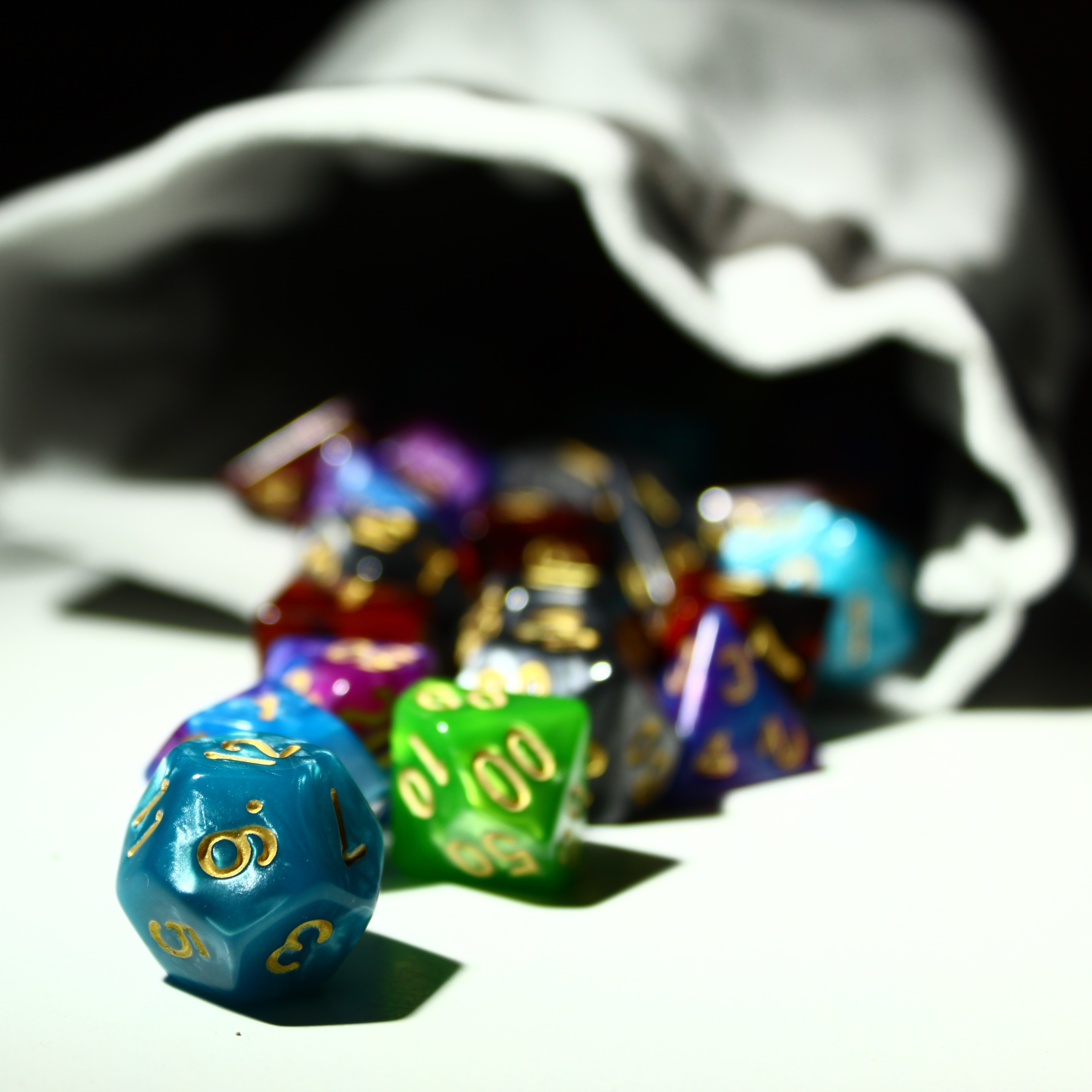Most Olympic athletes are young and wear fashion athletic clothes donated by endorsers who help pay them. In addition in the shooting category you’re (as I understand it) allowed a certain amount of tech to help you out. This man is older, didn’t wear the endorsed fashion clothes or the tech and won gold silver so he feels like a rare “every man” win in the Olympics. He is not an “every man” (believe he’s a decorated military and police man in his country), but a lot more people can relate to him winning gold silver than a 14 year old who’s been training for this since diapers in a fashion house outfit.
- 2 Posts
- 18 Comments
Gith became resistant to the mind control over the millenia. This is why in 5e the race has psychic resistance. The duergar were also slaves of the mind flayers and this is why they have psionic fortitude. There’s some other races that have been altered due to being enslaved (derro, kuo-toa, quaggoth), usually resulting in some form of psionics and madness.
Part of what makes mind flayers interesting because their society touched and left scars on a lot of other races. Gith are just the loudest about it in part because they live in the Astral Sea where time doesn’t age them so, outside of dying during raids, many of the gith who rebelled can easily still be around leading to the rebellion being fresh in the gith’s minds (as opposed to the duergar for example who live on the material plane in normal time and have had empires rise and fall and numerous generations since the enslavement).
Personally don’t really find the snack sized Cthulhu aspect that interesting. What really interests me about them is the lore about them once being a great empire of douchebags who were overthrown by those they oppressed (gith) who then took their place politically and now hunt them down. Says a lot BG3 focused on this lore over the Cthulhu monster aspect. Just some good lore building which could have (and I’m sure has) gone to any other races.

 12·8 days ago
12·8 days agoIt’s not the kraft variety.
Yulo was also offered lifetime supplies of free buffets, baked mac and cheese, and chicken inasal, a grilled chicken dish, by various chain restaurants.

 9·1 month ago
9·1 month agoI know Stinky Dragon edits stuff out to keep the run time down. I assume for live streams the DMs just use the “it’s dead when it narratively fits/needs to happen to stop bad rolls from dragging this out an hour” rule and players know to focus more instead of spending 30min on cock jokes after finding a cock fight that then devolves into a heist plan to free all animals in the village and make them the masters of their own fates lol.

 41·3 months ago
41·3 months ago“After approaching the coelacanth to encourage it to move between two cameras positioned on a custom-made stand, the team turned on the lights. “At this depth, some think that there is no light,” says Ballesta. “There is [very] nice light. It’s tiny, it’s soft, but there is still light. So, it’s important to not use too much artificial light. It’s like driving in a car at night. If you put your lights on full, you see just in front of the car, and all the rest is dark. If you switch off your lights – and there is a little bit of moon – suddenly you see everything: the road, the mountains, the forest. It’s the same when you’re deep.””
For anyone else wondering.
From playing d&d with a few definitely… Never had another group try to convince me it’s simple math to work out the dynamics of a fireball and how far it would really go in a tunnel system because they wanted to get enemies around a corner too lmfao.

 9·1 year ago
9·1 year agoI love how fed up Damar gets by the end of the war lol

 9·1 year ago
9·1 year agoWe’ve got a lot of reposts though I am working on a write-up of that time a Japanese romance comic had a black heroine’s reward be “you turn white”…

 1·1 year ago
1·1 year agoThis is a good article I think for DMs who have only done one system! I can only talk about 5e here, but:
Backgrounds as Skills
Iirc in the DMG you are encouraged to take backgrounds into account though not really given a tangible way to figure this. In modules too there are backgrounds tailored to the adventure, but again you’re not really given direction in how to figure this. Personally I just lower DCs, make information more accessible, etc to people whose backgrounds it would apply to. For example I often get the my girlfriend was killed by X and I’ve been genociding them in revenge background from new players so if the enemy they’re facing is X I’ll give them more insight into the enemies’ tactics, culture, etc than other players as their character has a background of vested interest in fighting this foe.
Super Easy Monsters
All I can say is the 4e directions on how to run monsters never should have been ditched. I don’t mind the long statblocks that much (though it is annoying because many of the spell selections tend to be nonsensical fluff, what is that lich going to do with prestidigitation…). I haven’t even played 4e, but I do like to convert older dragon and so on magazine adventures to 5e for one-offs and every time it’s a 4e adventure it’s so much easier knowing there will be a how to run the combat section. When I do 5e straight up I usually rework the encounters myself to make a bunch of video game-esque combat cycles (first the monster will use bless on allies and then x and then y, etc). So I feel like it’s not even the long statblocks that are the main issue here, but that it’s hard to divine from them in 5e what the go-to combat round actions envisioned here are.
Escalation Die
This is an interesting concept, but honestly I’d just rather lower AC and HP to be more in-line for the experience you’re trying to give. My players talk way more about one shotting enemies in round 1 than they do about finally being able to get that hit to one-shot in Round 4 so I’d rather lower AC if it’s an intentional fight to make them all feel like heroic badasses. Just from a numbers point as well the monsters would also be getting more “heroic” and you have the problem of their ability to one-shot your players (at lower levels) increasing. I think lowering AC/HP and sticking to average damage (no rolls, attacks just do X) for monsters probably works better here, especially at low levels.
Icons
So 5e does kind of have this. Modules have backgrounds with built-in connections and there’s an optional rule called Plot Points (p. 269 DMG) that’s similar to this, just not focused around important NPCs. I actually like a rule from another game described to me by someone (I think it’s Blades in the Dark or another heist game) where you get a point and can spend it to overcome a complication as long as you explain how your character prepared for it ahead of time. This doesn’t require the PC to play off any NPC connections which I find to be harder for players who are there more to roll dice than tell a story and new players.
Range Bands
I think PbtA uses a similar system (haven’t played it, just been told by my players) and it works really well for TotM. Personally I just limit it to melee and ranged. Keeps it simple and if we’re doing a big boss battle I pull out the map. I don’t really do combats on wide open plains so I don’t find far to be useful, but that’s just me!
Thanks for sharing!

 3·1 year ago
3·1 year agoThought the time honored tradition was switching to another channel to watch another show’s opener so you’d know what was going on when you switched there during commercial breaks. Just my family?

 1·1 year ago
1·1 year agoAgree with this. Though tbf I’m not a super fan of bell peppers so I think it was probably not a dish for me, but still tasted good which says something. My relatives (made it for a holiday dinner) really enjoyed it though which was surprising because holiday dinner for them is manicotti, pasta and meatballs with like no vegetables lol (reason why I made this cause hey fancy vegetable dish and I wasn’t stepping on anyone’s toes).
I kind of assume if they have plans for him it’s a young Kirk spinoff. If they wanted him to stick around I feel like they wouldn’t have closed down the relationship with La’an so forcibly if that makes sense.

 4·1 year ago
4·1 year agoIf there’s going to be more voyager characters I really hope Neelix gets a cameo for an episode. I’d love to see him back in the kitchen with Jankom taste testing lol
Since La’an and Kirk were sorted out in this episode I kind of expect Chapel and Spock are going to get their resolution in the finale. But yeah it is feeling a bit like when Deanna and Worf dated lol “wow it happened and then was gone so fast hunh…”.

 4·1 year ago
4·1 year agoNot sure how to break it, but my cat developed the same thing after I started wfh. Seems to be some kind of clinginess? He ate independently before, but after starting wfh he always needed some attention first. Now that I’ve gone back to going in he’s mostly better about it, but we had some rough few months of him having separation anxiety before he got more independent again.

 5·1 year ago
5·1 year agoI’m going to throw a few links:
- Lemmy Solo RP Community: [email protected]
- Reddit Solo RP Community (check out the sidebar for useful getting started links)
- Reddit Sub Discord Invite
To start off with though if you’re comfortable with D&D you can get an “oracle” to play solo. An oracle helps determine outcomes, new story directions, etc. There’s a lot of different kinds and if you want a written one you can check DMs Guild iirc there’s some free/pay what you want ones on there. I’m sure there’s some random generator ones online as well if you don’t mind doing partly digital. Oracles can be as simple (flipping a coin for yes/no) or as complicated (not the most complicated, but ex. shuffling a deck of tarot cards and using spreads to decide outcomes) as you like.
There are also games (like Thousand Year Old Vampire) that are designed to be solo. The reddit sub has a pretty good list here.
Hope this helps a little! I mainly play D&D solo using pre-written adventures and a tarot oracle so unfortunately I don’t have any recs for designed to be solo games.




Oof I feel bad for his partner had no idea he was in pairs from the way he’s been talked/meme’d about…